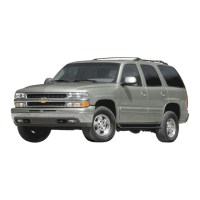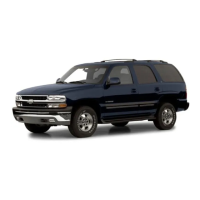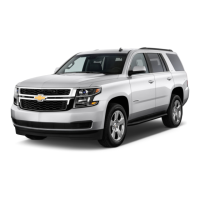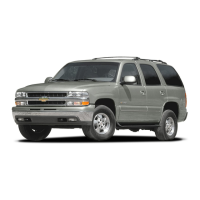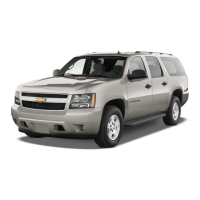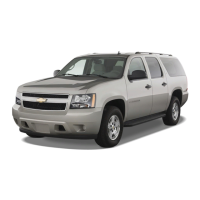Your anti-lock brakes improve your vehicle’s stability
when you make a hard stop on a slippery road. Even
though
you
have an anti-lock braking system, you’ll
want to begin stopping sooner than you would on dry
pavement. See “Anti-Lock” in the Index.
Allow greater following distance on any
slippery road.
Watch for slippery spots. The road might be fine
until you hit a spot that’s covered with ice. On
an
otherwise clear road, ice patches may appear in
shaded areas where the sun can’t reach: around
clumps of trees, behind buildings or under bridges.
Sometimes the surface
of
a curve or an overpass may
remain icy when
the
surrounding roads are clear. If
you see
a
patch
of
ice ahead of you, brake before you
are
on
it. Try not to brake while you’re actually on
the ice, and avoid sudden steering maneuvers.
If
You’re
Caught
in
a Blizzard
If you
are
stopped by heavy snow, you could be
in
a
serious situation.
You
should probably stay with your
vehicle unless you know for sure that
you
are near help
and you can hike through the snow. Here are some
things to do to summon help and keep yourself and
your
passengers safe:
Turn
on your hazard flashers.
4-39

